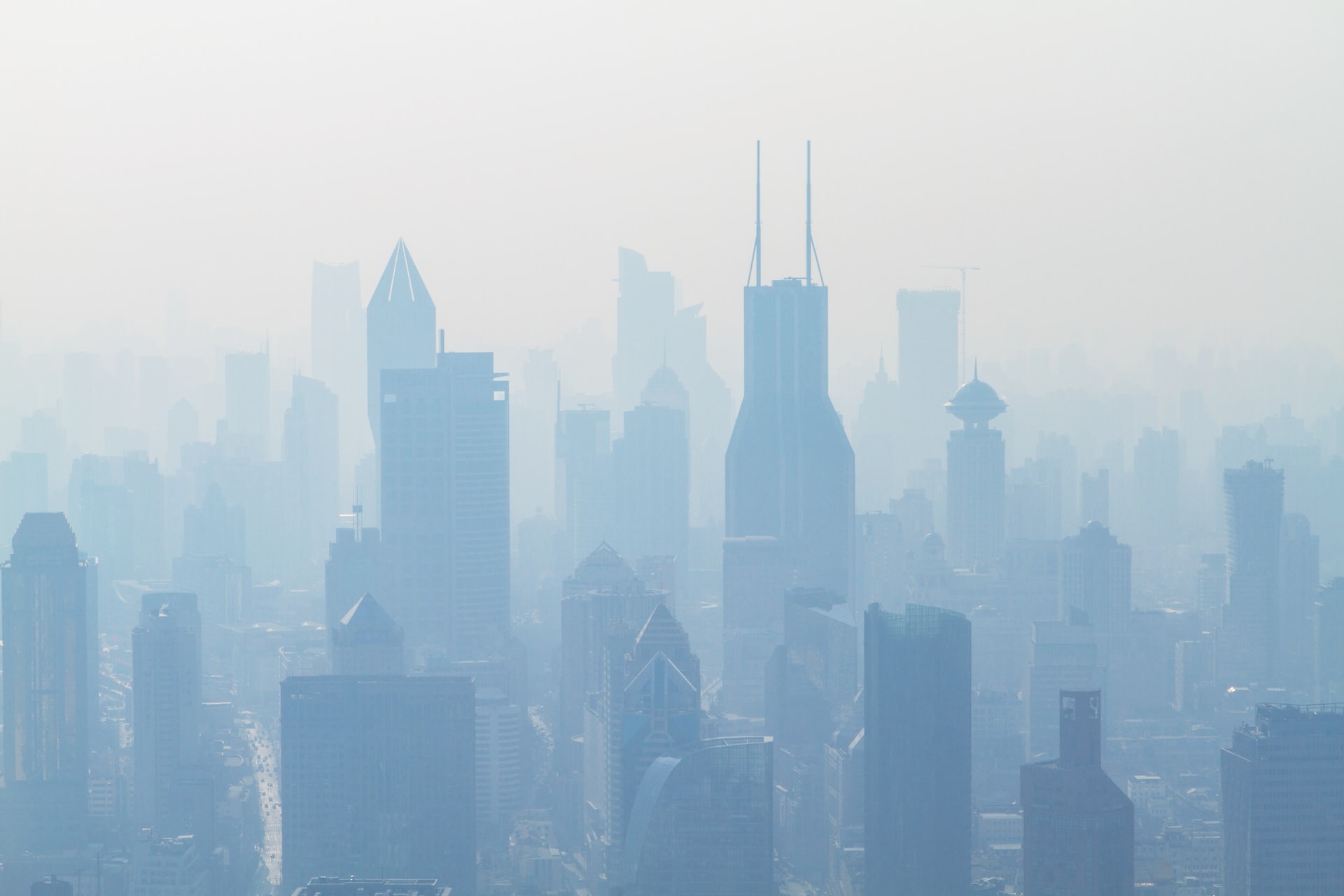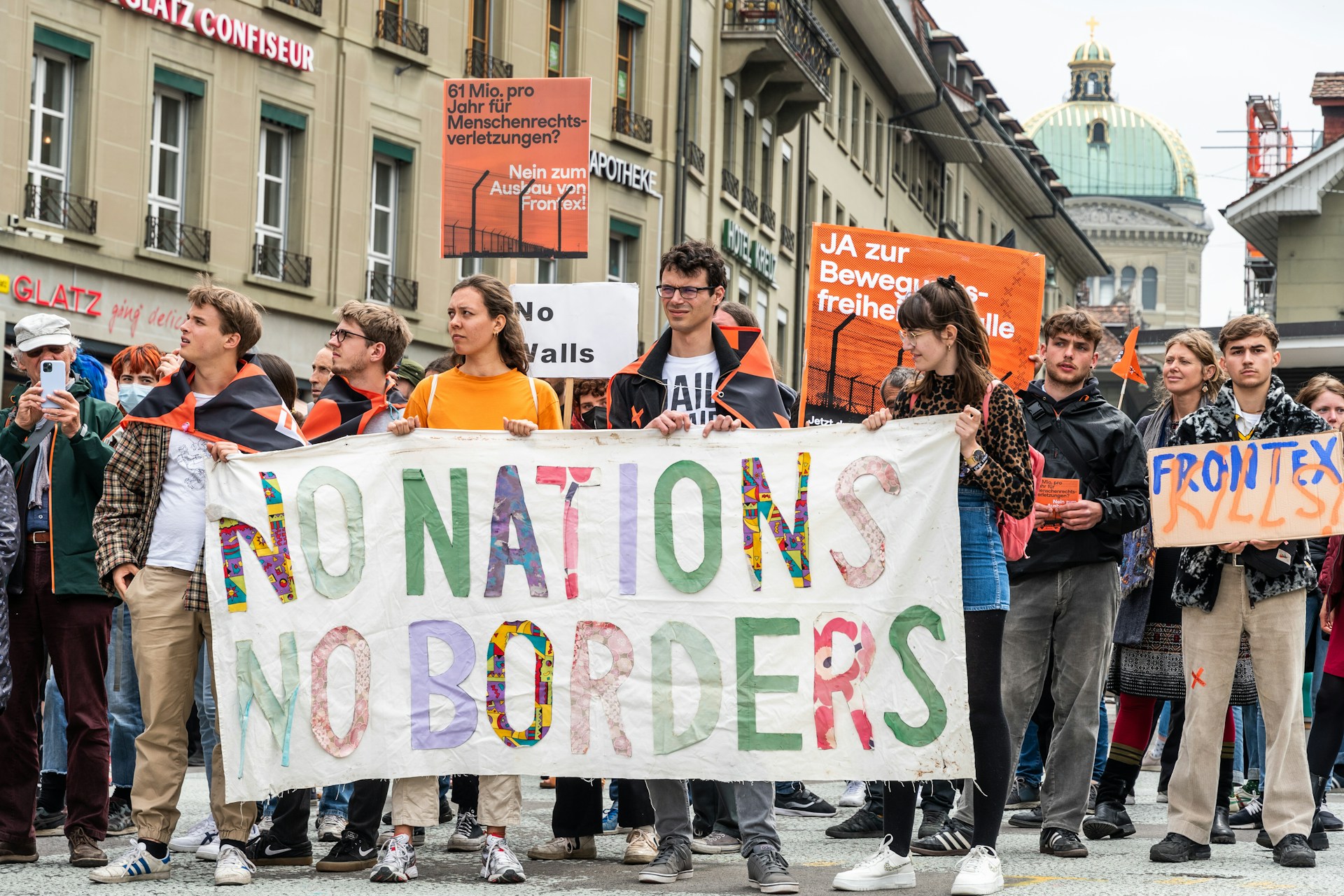Unlocking India’s Next Phase of Growth
India has tremendous growth potential. An Asian country with diverse culture and religions, boasting a population of 1.428 billion. It is the world’s most populous country, with a median age of 28 years.
India’s GDP is also on a strong growth track. The country’s GDP is expected to suffer slightly in 2023 due to the impact of the global economic slowdown and elevated oil prices. In Asian Development Bank’s (ADB) latest outlook, the country is expected to make a strong recovery in 2024, fueled by its strong developmental push in the areas of infrastructure and industries. India’s GDP is expected to fall to 6.4% in 2023 from 6.8% in 2022, while rising to 6.7% in 2024. “The Government of India’s strong infrastructure push under the Prime Minister’s Gati Shakti (National Master Plan for Multimodal Connectivity) initiative, logistics development, and industrial corridor development will contribute significantly to raising industrial competitiveness and boosting future growth,” said ADB Country Director for India, Takeo Konishi.
India is also a thriving base for startups. As of 2022, the country boasted of 108 unicorn startups, making it the world’s third largest country in terms of unicorn companies. The journey of the unicorn status started with one company in 2010; and after 12 years, the country now boasts of 108 unicorns. The latest rung of unicorns comprises industries such as edtech, e-commerce, fintech, gaming, and media & advertising.
The country has also successfully uplifted millions from poverty. Albeit slightly, the changes are evident. Government social programs such as MGNREGA (Mahatma Gandhi National Rural Employment Guarantee Act) have played a crucial role in the upliftment of many poor people. The Act guarantees a minimum of 100 days of wage employment for every household that is willing to do unskilled labor. A total of 4.49 million households were supported through this program in 2022-23. For the coming FY 2023-24, the government has further budgeted INR 210.98 crores (US$25.74 million).
India is also looking as a formidable alternative to China where rising labor costs are becoming unsustainable for foreign businesses and investors. The first half of FY 2022-23 saw an increase in FDI equity flows from Japan, Singapore, the United Kingdom, and the United Arab Emirates, with record merger and acquisition deals in 2022 – particularly in banking, cement, and aviation sectors.
Horasis India Meeting
Horasis will hold its annual Horasis India Meeting in Adelaide, Australia over 26-27 November 2023.
Now in its 15th year, the meeting has become the foremost annual meeting of Indian business leaders and their global counterparts. The meeting is a great opportunity for business leaders from India, Australia, and the world to collaborate on multiple complex issues. It aims to facilitate meetings between Indian innovators and entrepreneurs to explore new ventures, while portraying Adelaide as an investment hub in Australia and the Asia-Pacific region.
Future and Partnerships
India has strategic partnerships that has cemented its position on the global stage. Its partnership with the US is one of the most significant one. Both countries cooperate on a wide range of diplomatic, economic, and security issues. This partnership has helped both countries to work on issues such as climate change, Indo-Pacific security and COVID-19. Amid the pandemic, US contributed more than US$200 million for India’s COVID-19 relief and response efforts which included more than US$50 million in emergency supplies, and training for more than 218,000 frontline health workers on infection prevention and control, benefitting more than 43 million Indians.
Partnership between India and Australia has also been growing steadily. The two countries have recently elevated their decades of bilateral relations to a Comprehensive Strategic Partnership, promising to work together in areas such as science & technology; maritime cooperation; defense cooperation; agriculture; education; innovation & entrepreneurship; and economic cooperation.
As part of this strategy, CSIRO, Australia’s national science agency is being funded to research & develop solutions to tackle environmental and economic challenges including critical metals, green steel, waste reduction, water security, and food system resilience. The partnership will yield social, environmental, and economic benefits and outcomes for both the countries. CSIRO Chief Executive, Dr Larry Marshall says: “Global challenges require global solutions. Both Australia and India have strong advanced technology, science and innovation sectors. This partnership is an immense opportunity to combine our diverse perspectives to build an innovation-led future, and work together to deliver a strong post COVID-19 recovery.”
Alongside these strategic partnerships, India’s share of manufacturing is also expected to increase to 21% by 2031, doubling India’s export market share. Household income distribution will also change significantly over this period, increasing the country’s overall consumption by more than double – from US$2 trillion in 2022 to US$4.9 trillion by the end of the decade. Morgan Stanley’s Chief Asia Economist, Chetan Ahya likens India’s coming decade of economic transformation to China between 2007 to 2012. “We think that India offers the most compelling growth opportunity in Asia in the coming years,” he says.
Photo Caption: Although India is now the most populous country in the world, it has an immense opportunity to tap into its demographic dividend.



